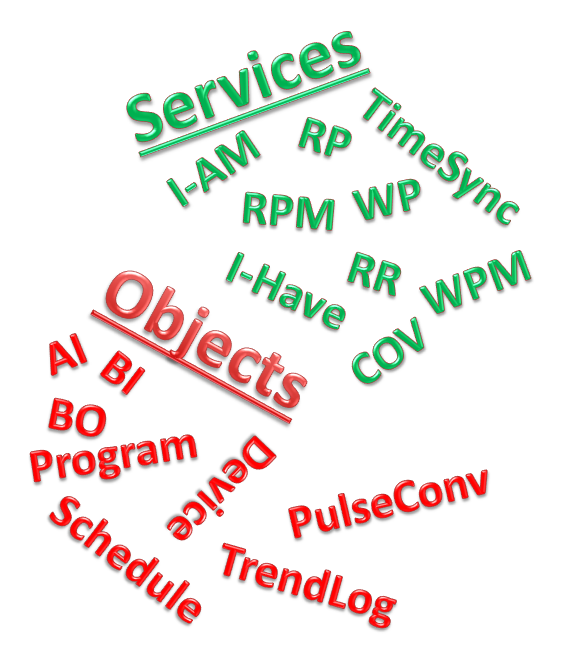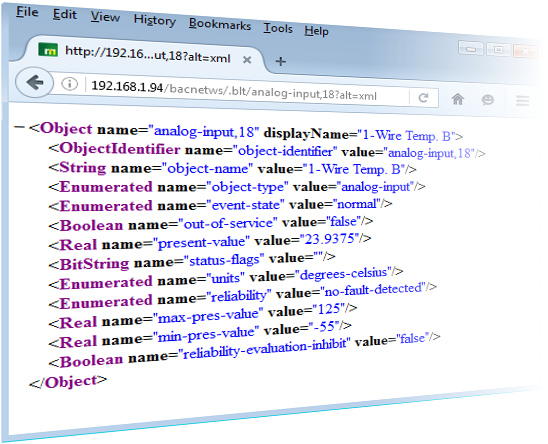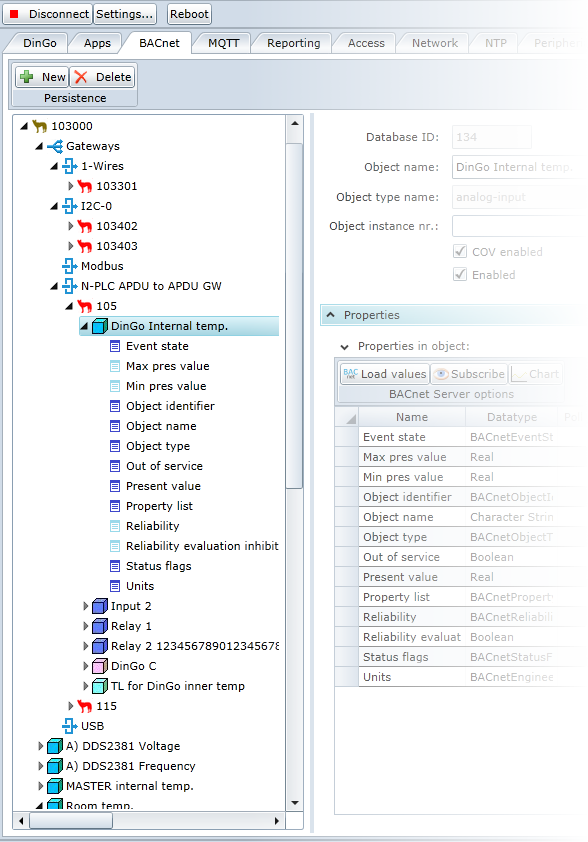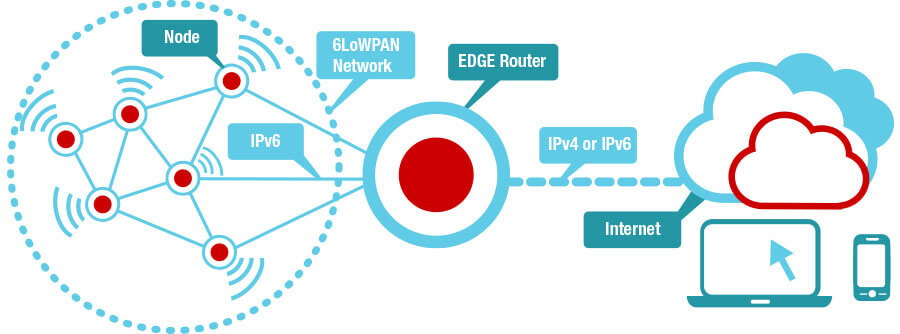BACnet/WS brings BACnet™ to the world of IoT
BACnet™ is a standard communication protocol for Building Automation and Control Networks developed by the American Society of Heating, Refrigerating and Air-Conditioning Engineers (ASHRAE).
Take advantage of BACnet™ in your IoT projects






